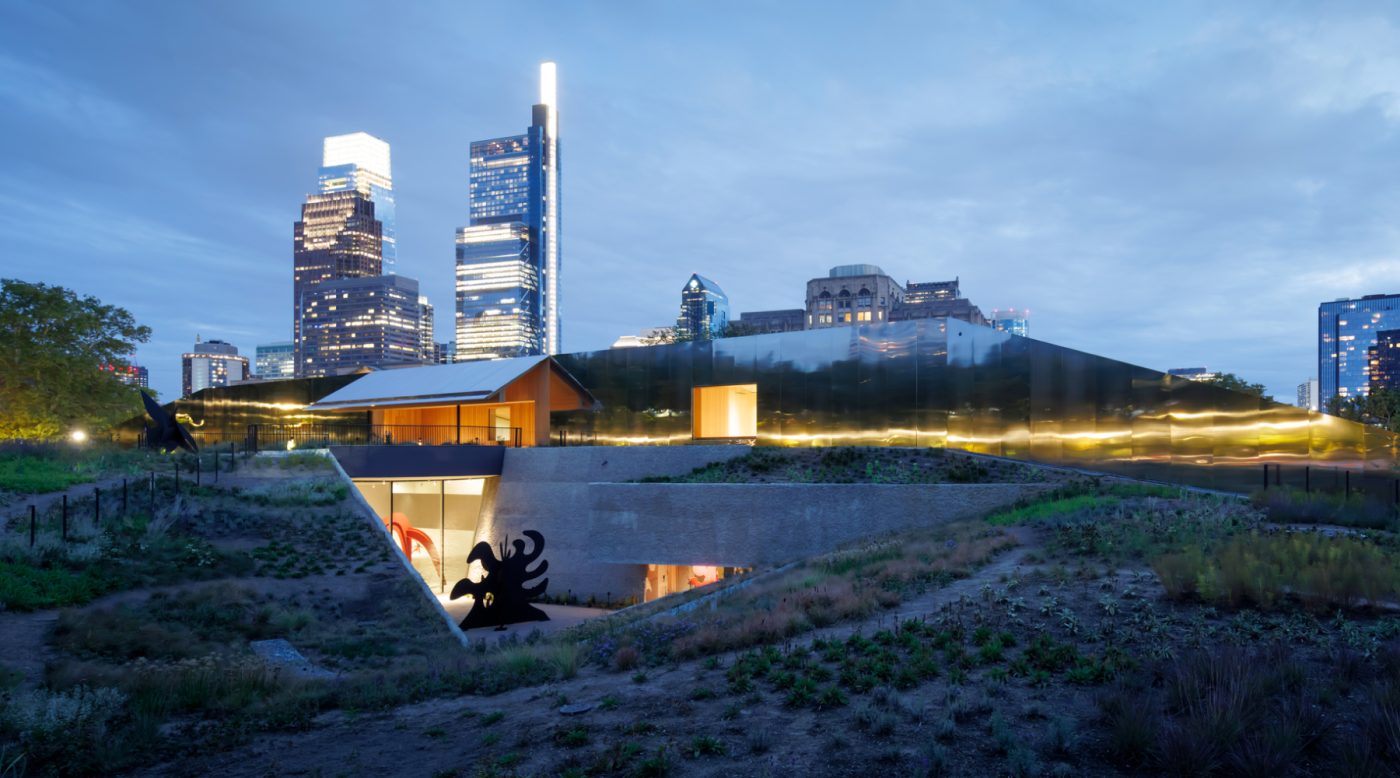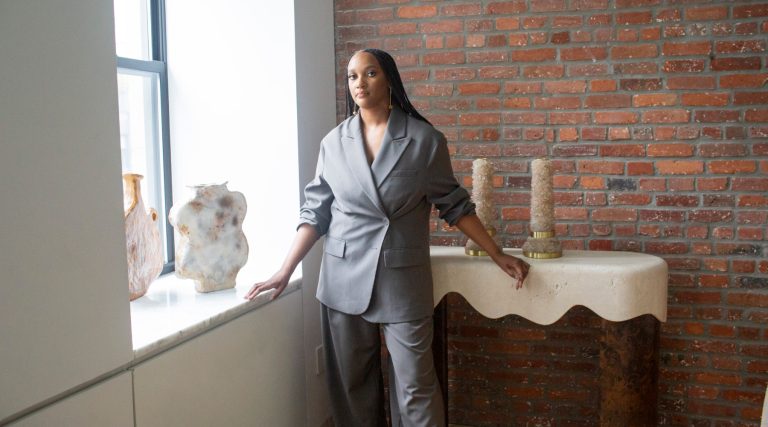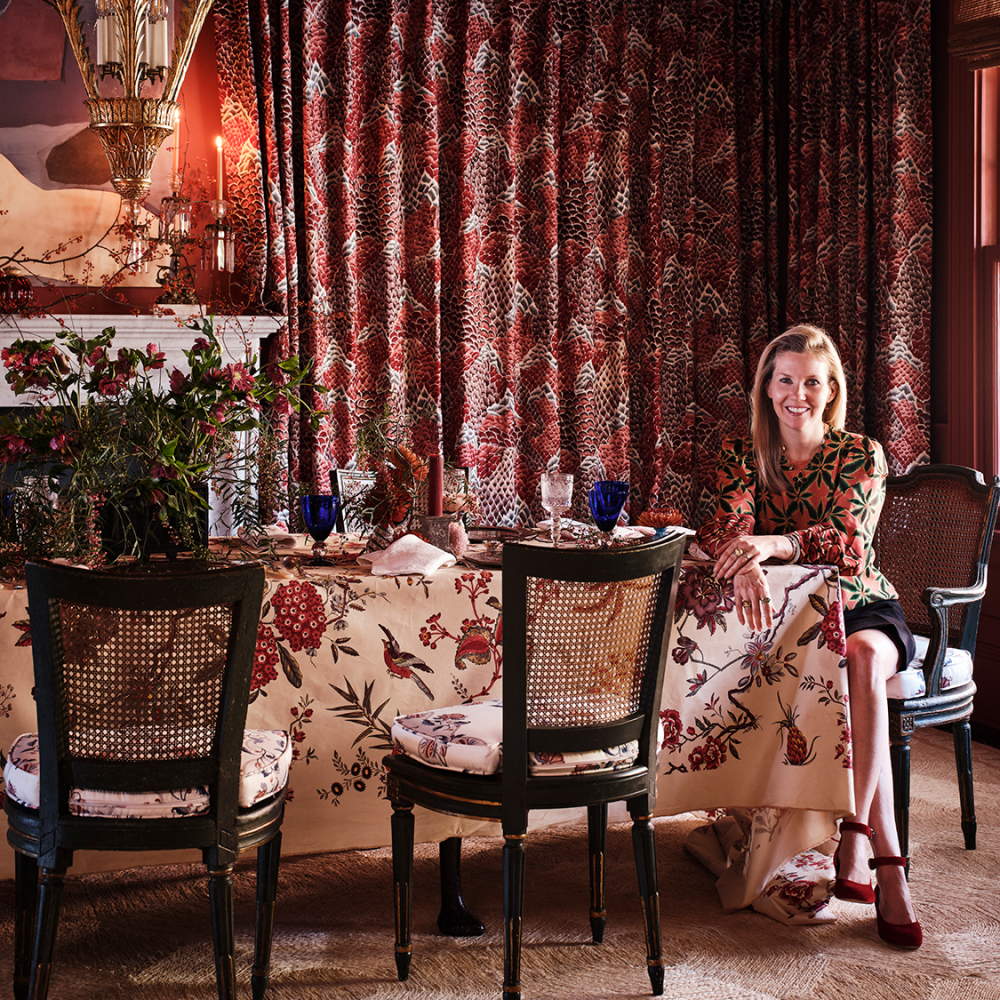November 9, 2025Although Philadelphia’s latest cultural hotspot is called Calder Gardens, there is just one Alexander Calder stabile — 1990’s Cock’s Comb — to be found in the actual plantings, laid out by contemporary landscape designer Piet Oudolf. Instead, a rotating collection of sculptures and paintings by the 20th-century art great (and Philadelphia native son) can be seen inside a building designed by Pritzker Prize–winning architects Herzog & de Meuron, which is surrounded on all sides — even on top — by Oudolf’s poetic and painterly landscapes.
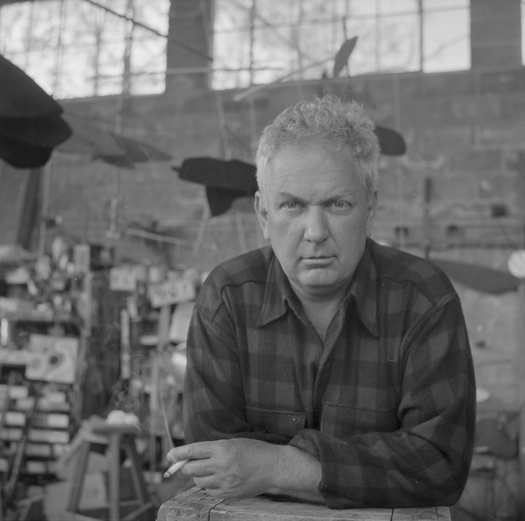
The word museum is never used by the creative team behind the not-for-profit venture — which includes Calder’s grandson Alexander S. C. Rower — to describe the new exhibition space, which is situated opposite the Rodin Museum and just down Benjamin Franklin Parkway from the Barnes Collection in one direction and the encyclopedic Philadelphia Museum of Art in the other. The emphasis instead is on experiencing Calder’s groundbreaking work in an environment that is neither a sculpture garden nor a museum (or perhaps is both at once) and that draws its power from the synergy among nature, art and architecture.

Sleek and low slung, the Herzog & de Meuron structure is sheathed in reflective steel. “With its simple ribbon-like facade and rigorously symmetrical entrance, the building scarcely prepares you for the delight and surprise of the radically different types of spaces inside,” says my good friend, the architectural historian Barry Bergdoll, who was my companion on my visit to the gardens. Inside, a wide shallow staircase descends to a series of subterranean galleries. Filled with light coming from a sunken courtyard cut into the garden above, they showcase a breathtaking rotating selection of Calder’s work, on loan from the Calder Foundation and other art institutions. Cock’s Comb, for instance, was sent by the Whitney Museum of American Art, which recently put back on display Calder’s beloved miniature Circus, about to celebrate its centennial in 2026.
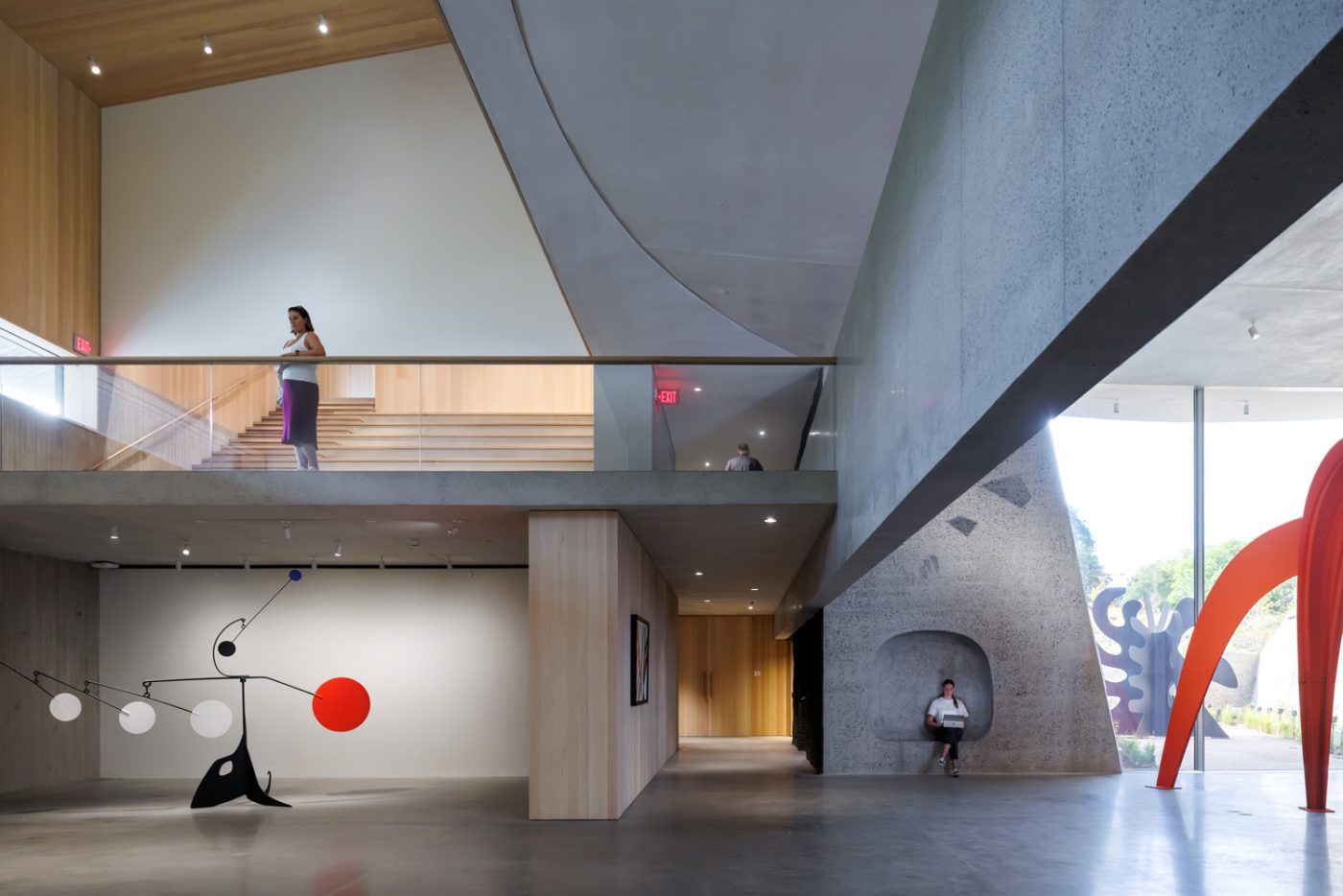
Two of the galleries open onto small outdoor spaces defined by high white walls, which in time will be festooned with climbing hydrangeas, clematis and wisteria. One of these spaces, called the Vestige Garden, currently invites visitors to walk around Calder’s Tripes, 1974, a monumental black, multifaceted stabile bolted to the ground. The other displays Untitled, 1954, a stabile with a sinuously protruding mobile arm that can only be viewed through floor-to-ceiling windows.
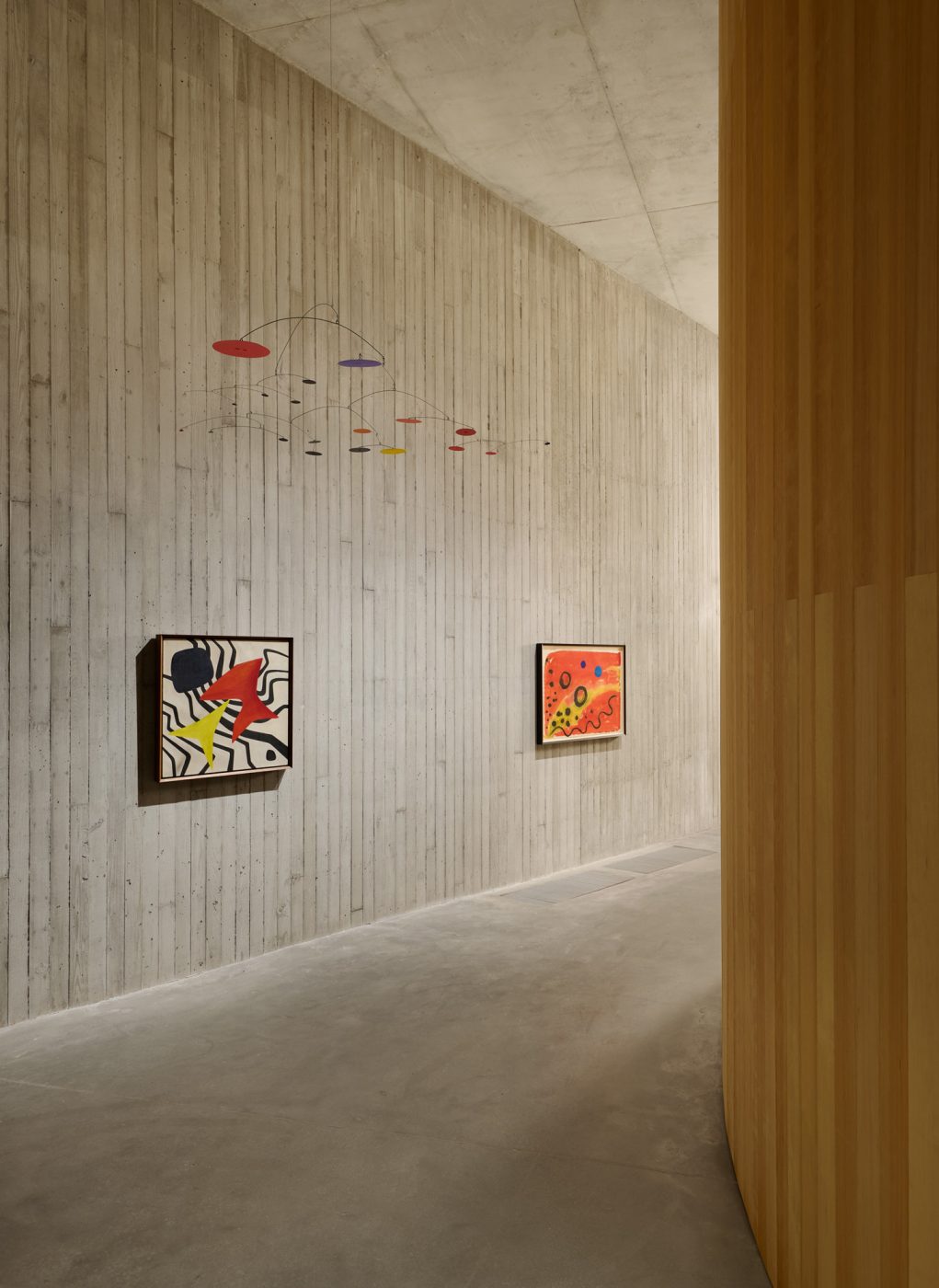
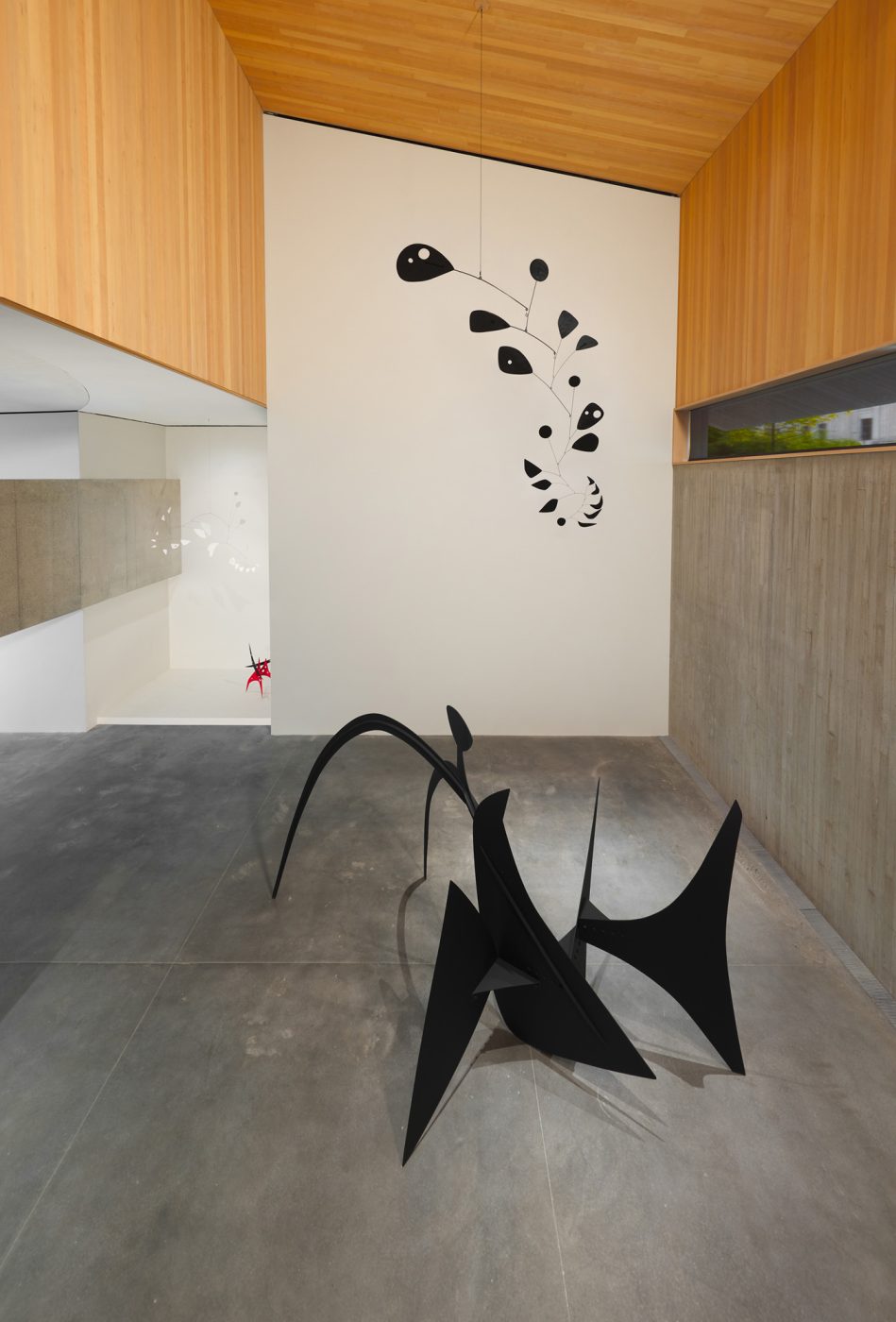
Oudolf, who worked closely with the architectural team from the start, says his intention was to instill in visitors a sense of discovery as they leave the hubbub of urban life and traverse the garden’s paths, meandering through a meadow as they approach the gradually revealed building. The extensive planting consists of native and common perennials and grasses massed in bold swatches of color into large well-defined blocks that interlock with the precision of a jigsaw puzzle to form a year-round, many-colored panoramic landscape.

Vegetation, unlike art, needs time to grow, and since the installation of the more than 37,000 plants was not finished until mid-August, Oudolf’s garden is still in its infancy. However, anyone who has walked on New York City’s High Line or visited his spectacular garden at the Hauser & Worth Gallery, in Somerset, England, knows that in a year or two, this garden will become an ever-changing tapestry of shimmering color and emerge as a full-fledged work of horticultural art.
Complex and wide-ranging, Oudolf’s floral choices and palette are as exuberant as the colors and shapes of Calder’s sculpture, and his grasses and perennials are as responsive to the wind as any dancing mobile.
